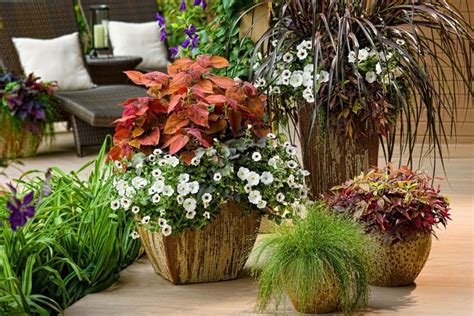Our range includes a variety of pots for bonsai enthusiasts, from high-quality Japanese and Chinese ceramic pots to practical plastic bonsai pots for training trees. A key technique in bonsai care involves using a chopstick to work the soil around the roots, ensuring all air pockets are filled. This is crucial for the healthy growth of the tree.

BonsaiOutlet takes pride in offering a limited number of specimen trees. These trees have been hand-raised for over twenty years by reputable bonsai nurseries and are now under the expert care of our Bonsai Master, Jun Imabayashi. Bonsai, a term specific to dwarf trees, involves specific techniques that control the growth and shape of the trees.
Choosing the right pot for a bonsai tree can be overwhelming due to the wide range available. Shuihan Penjing, a landscape style featuring rocks and trees, possibly with miniature houses and figures, is another fascinating aspect of this art. Our range includes handmade bonsai pots with drip trays, made of unglazed stoneware, perfect for bonsai trees, succulents, and cacti.
The process of creating these pots involves selecting the shape, size, and texture, either based on personal preference or customer requests. A general guideline is that an oblong (oval or rectangle) bonsai tree pot should be about two-thirds the width of the tree’s height.
Bonsai enthusiasts can also explore innovative options like the Levitating Air Bonsai Pot, which adds a modern twist to this traditional art form. Bonsai kits are great for beginners, containing everything needed to start, including a tree, soil, pot, shears, gloves, wire coils, pellet food, and a chopstick for soil adjustment.
For those with mature bonsai, propagation can be achieved using small twigs cut from the tree. The history of bonsai pots is rich, dating back to the Song Dynasty when purple sand (zisha) clay was used for tea and penjing pots. This tradition continues with products like the Wensmy 2pcs Glazed Bonsai Pots, ideal for succulents and cacti.
When selecting pots, it’s important to consider the size relative to the tree, leaving an inch between the roots and the pot sides, or performing root trimming before planting. Our specimen trees are hardy, well-cared-for, and expected to thrive for many years. Lastly, understanding the nutrients important for bonsai care, like nitrogen for leaf growth, phosphorous for roots, and potassium for flowers and fruits, is essential for successful bonsai cultivation.

